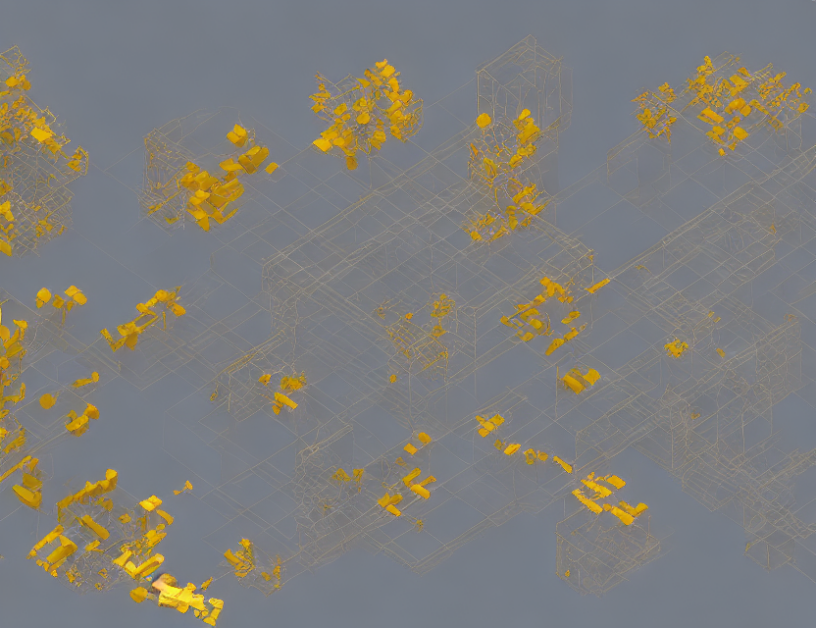Partial differential equations (PDEs) are ubiquitous in various scientific disciplines, including physics, engineering, and finance. However, solving them can be challenging due to their complexity and the computational resources required. In this article, we will delve into efficient computational methods for solving PDEs, focusing on their applications, advantages, and limitations.
Applications
PDEs are used to model various phenomena in nature, such as heat transfer, fluid dynamics, and wave propagation. They also play a crucial role in financial modeling, image processing, and machine learning. By solving PDEs efficiently, we can gain valuable insights into these complex systems, make accurate predictions, and optimize their behavior.
Advantages
- Efficient computation: Solving PDEs using numerical methods can significantly reduce the computational time required to obtain solutions, making it possible to tackle larger and more complex problems.
- Accuracy: Numerical methods can provide highly accurate solutions by accounting for the underlying physics of the system being modeled.
- Flexibility: PDEs can be used to model a wide range of phenomena, from simple harmonic oscillators to complex systems like climate modeling and financial derivatives pricing.
Limitations
- Complexity: PDEs can be highly nonlinear and exhibit complex behavior, making their solution challenging even for simple problems.
- Scalability: As the problem size increases, the computational resources required to solve PDEs grow exponentially, posing significant challenges in scaling up to larger systems.
Efficient Computational Methods
- Finite Difference Methods: These methods discretize the spatial domain of the PDE using discrete points, approximating the derivatives at each point using finite differences. While computationally efficient, they can become less accurate for high-dimensional problems or those with rapid changes in the solution.
- Finite Element Methods: These methods divide the domain into smaller elements, allowing for more flexible and accurate approximations of the solution. They are particularly useful for problems with complex geometries and boundary conditions.
- Spectral Methods: These methods represent the solution of a PDE using a series of orthogonal basis functions (e.g., Fourier or Laguerre polynomials). They can provide highly accurate solutions with fewer computational resources than other methods. However, they may be less efficient for problems with large numbers of degrees of freedom.
- Adaptive Methods: These methods adaptively refine the spatial discretization and/or time step based on the error estimate or convergence criteria. They can provide improved accuracy and efficiency for complex problems.
Conclusion
Efficient computational methods are crucial for solving partial differential equations in various scientific disciplines. By understanding their applications, advantages, and limitations, researchers and practitioners can choose the most appropriate method for their specific problem, balancing accuracy and computational efficiency. As the complexity of PDEs continues to grow with advances in technology and scientific inquiry, it is essential to develop new and more efficient methods for solving them, enabling us to tackle increasingly complex problems and gain deeper insights into the underlying phenomena.



